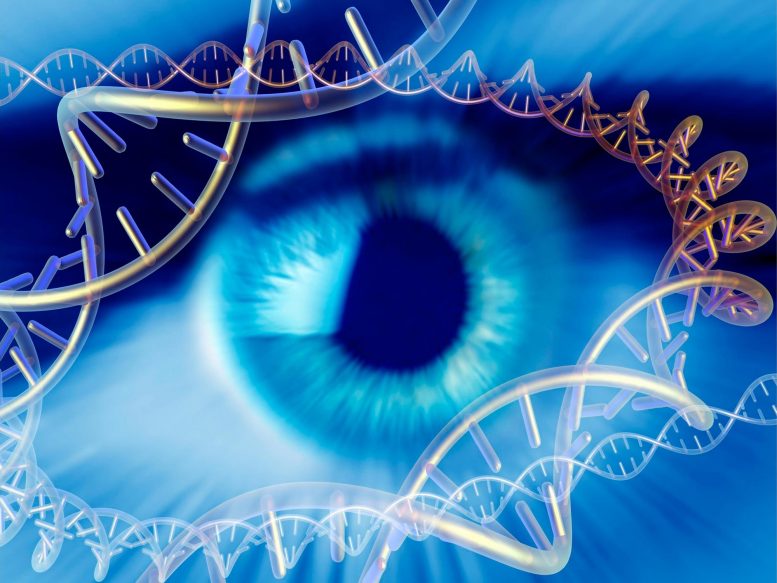
The patients had some, although severely diminished, visual function during the day, however, at night they were essentially blind, with light sensitivity 10,000–100,000 times less than normal.
The patients had Leber Congenital Amaurosis, a type of genetic congenital blindness.
According to researchers at the Scheie Eye Institute at the Perelman School of Medicine at the University of Pennsylvania, adults with a genetic form of childhood-onset blindness experienced remarkable recoveries of night vision within days of receiving an experimental gene therapy.
The patients had Leber Congenital Amaurosis (LCA), a congenital blindness caused by GUCY2D gene mutations. The findings were published in the journal iScience. The researchers administered AAV gene therapy, which contains the DNA of the healthy form of the gene, into the retina of one eye for each of the patients in line with the clinical trial protocol. Each patient had significant gains in rod-type photoreceptor cell-mediated visual functions in the treated eye within days after treatment. The majority of the human eye’s ability to see in low light comes from rod cells, which are very light-sensitive.
“These exciting results demonstrate that the basic molecular machinery of phototransduction remains largely intact in some cases of LCA, and thus can be amenable to gene therapy even after decades of blindness,” said study lead author Samuel G. Jacobson, MD, Ph.D., a professor of Ophthalmology at Penn.
One in every 40,000 newborns is born with LCA, which is one of the most frequent congenital blindness conditions. While the extent of vision loss might vary from patient to patient with LCA, all such individuals experience substantial visual impairment starting in the first few months of life. There are more than two dozen genes whose dysfunction can cause LCA.
Up to 20 percent of LCA cases are caused by mutations in GUCY2D, a gene that encodes a key protein needed in retinal photoreceptor cells for the “phototransduction cascade”—the process that converts light to neuronal signals. Prior imaging studies have shown that patients with this form of LCA tend to have relatively preserved photoreceptor cells, especially in rod-rich areas, hinting that rod-based phototransduction could work again if functional GUCY2D were present. Early results with low doses of the gene therapy, reported last year, were consistent with this idea.
The researchers used higher doses of the gene therapy in two patients, a 19- year-old man and a 32-year-old woman, who had particularly severe rod-based visual deficits. In daylight, the patients had some, albeit greatly impaired, visual function, but at night they were effectively blind, with light sensitivity on the order of 10,000 to 100,000 times less than normal.
The researchers administered the therapy to just one eye in each patient, so the treated eye could be compared to the untreated eye to gauge treatment effects. The retinal surgery was performed by Allen C. Ho, MD, a professor of Ophthalmology at Thomas Jefferson University and Wills Eye Hospital. Tests revealed that, in both patients, the treated eyes became thousands of times more light-sensitive in low-light conditions, substantially correcting the original visual deficits. The researchers used, in all, nine complementary methods to measure the patients’ light sensitivity and functional vision. These included a test of room navigation skills in low-light conditions and a test of involuntary pupil responses to light. The tests consistently showed major improvements in rod-based, low-light vision, and the patients also noted functional improvements in their everyday lives, such as “can [now] make out objects and people in the dark.”
“Just as striking was the rapidity of the improvement following therapy. Within eight days, both patients were already showing measurable efficacy,” said study co-author Artur V. Cideciyan, Ph.D., a research professor of Ophthalmology at Penn.
To the researchers, the results confirm that GUCY2D gene therapy restores rod-based photoreceptor functions—and suggest that GUCY2D–LCA patients with more severe rod-based dysfunction are likely to benefit most dramatically from the therapy. The practical message is that there should be an emphasis on rod vision measurements at the screening of LCA candidates and in monitoring them throughout a treatment trial.
The findings, the researchers said, also underscore the remarkable fact that in some patients with severe congenital vision loss, the retinal cell networks that mediate vision remain largely alive and intact, and need only the resupply of a missing protein to start working again, more or less immediately.
Reference: “Night vision restored in days after decades of congenital blindness” by Samuel G. Jacobson, Artur V. Cideciyan, Allen C. Ho, Alejandro J. Roman, Vivian Wu, Alexandra V. Garafalo, Alexander Sumaroka, Arun K. Krishnan, Malgorzata Swider, Abraham A. Mascio, Christine N. Kay, Dan Yoon, Kenji P. Fujita, Sanford L. Boye, Igor V. Peshenko, Alexander M. Dizhoor and Shannon E. Boye, 3 October 2022, iScience.
DOI: 10.1016/j.isci.2022.105274
The ongoing clinical trial is registered at clinicaltrials.gov as trial NCT03920007.
The study was funded by Atsena Therapeutics, Inc., the developer of the GUCY2D gene therapy; the National Institutes of Health; and by the Pennsylvania Department of Health.


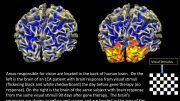
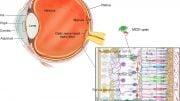
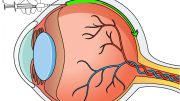
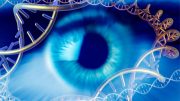


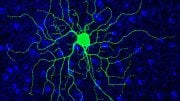
Be the first to comment on "Gene Therapy Can Restore Night Vision After Decades of Congenital Blindness"